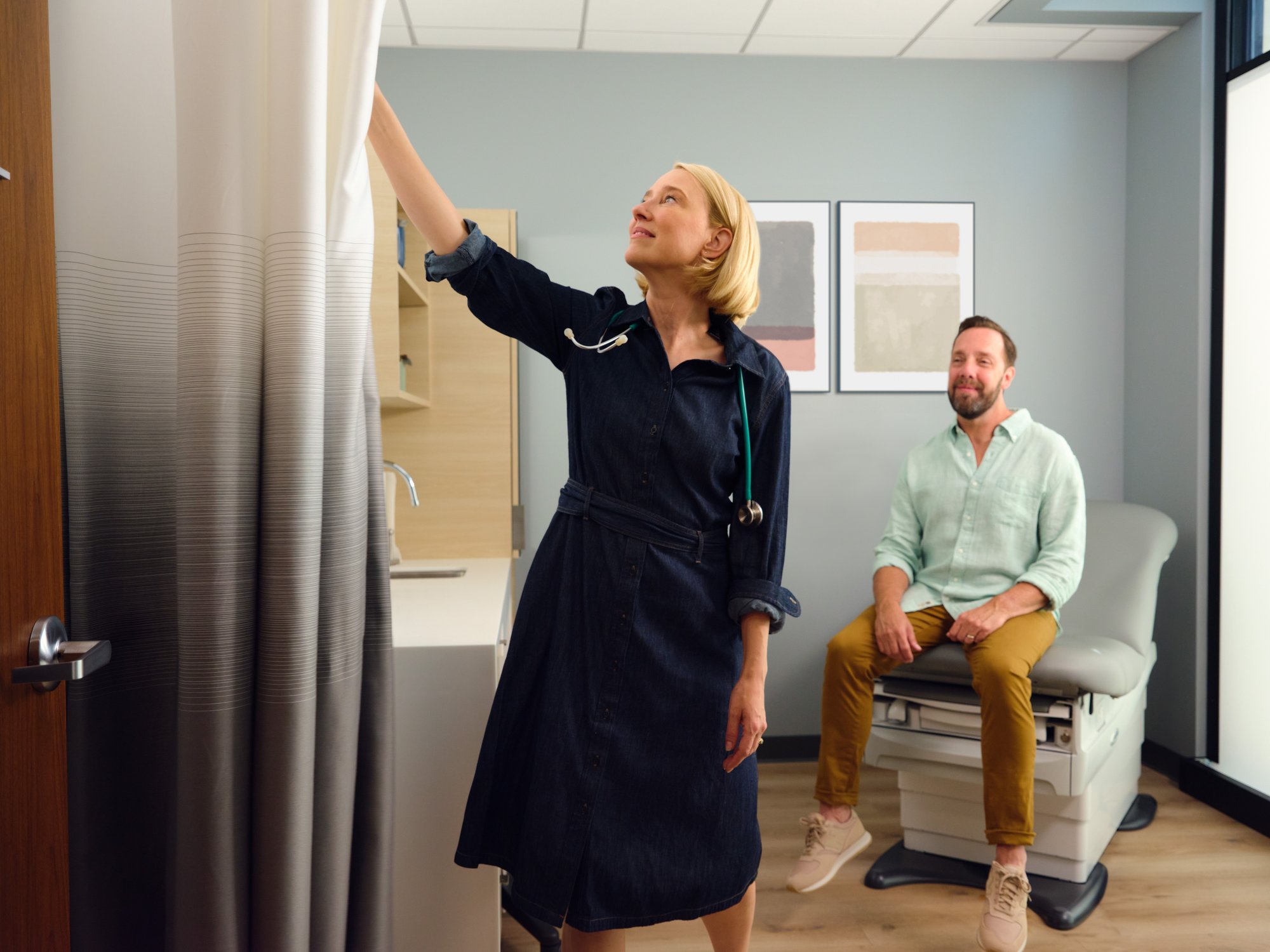The importance of cancer screenings

What was the leading condition driving healthcare costs in 2024?
If you said cancer, you’re correct. Early-onset cancer — cancer that affects people under 50 — is on the rise. Breast cancer has accounted for the highest number of cases in people under 50, and gastrointestinal cancers — including colon cancer — have increased by about 15% over a 10-year period.
Given these numbers, it’s time to take action. Dr. Anna Askari, a One Medical provider and family physician, shares a clear step forward: “Cancer screenings save lives. When we find cancers like breast, cervical, or colorectal early, treatments are often less invasive, outcomes are better, and survival rates are much higher.”
Employers can play a central role in helping employees get screened. Here’s how screenings make a difference, and how you can help your team get this important preventive care.
Life- and cost-saving potential of routine screenings
The CDC recommends regular screening for breast, cervical, colorectal (colon), and lung cancers. Routine screenings help keep employees healthier and reduce the risk of serious diagnoses down the line by checking the body before people have symptoms. With the tests used for cancer screenings, doctors can find several forms of a disease at an earlier stage, when it’s more treatable.
“The American Cancer Society notes that colorectal cancer caught at an early stage has a 90% five-year survival rate, compared with only about 15% if found late,” Dr. Askari points out. When people don’t have access to screenings, cancers can go undetected until they’ve spread, making treatment more complex, more costly, and unfortunately, less effective.”
One study also found that screenings could potentially prevent 1,010 deaths from lung cancer, 11,070 deaths from colorectal cancer, 1,790 deaths from breast cancer, and 1,710 deaths from cervical cancer. For colorectal and cervical cancer specifically, screenings can detect and treat the precursors to these cancers, preventing someone from ever developing the disease.
How employees can take the first step in routine screenings
How can employees get started with routine screenings? Dr. Askari shared that “the best step is to start with your primary care provider at your annual well visit.”
During this visit, your primary care provider will review your age, health history, and risk factors to give personalized recommendations.
“In general, most women should begin cervical cancer screening at age 21 and breast cancer screening at 40, but this also depends on personal and family history,” Dr. Askari said. “Everyone should get colorectal cancer screening with colonoscopies starting at age 45. It’s also important to stay current with any follow-up intervals. For example, some people may only need a colonoscopy every 10 years, while others may need more frequent testing.”
5 ways to boost screening participation at your workplace
There are several ways you can help boost screening participation at your workplace to keep employees healthy. Dr. Askari emphasized that this is where employers can have a real impact.
Five practical strategies for employers include:
#1: Partner with health providers like One Medical to offer easy scheduling of annual visits covered by insurance.
#2: Provide paid time off for preventive care, because even a few hours of protected time signals that preventive health is valued and important.
#3: Share reminders around the office and digitally, in plain language, about which screenings are recommended, when, and how employees can access them through their benefits.
#4: Cover costs fully to ensure that recommended preventive screenings are included at no out-of-pocket cost so employees don’t avoid them for financial reasons.
#5: Promote a supportive culture by encouraging managers and leadership to normalize preventive care, whether that’s by highlighting wellness in company newsletters or sharing personal stories about the importance of screening.
Together, these steps not only help employees stay healthier, but also reduce long-term medical costs for employers by catching issues earlier.
Does your benefits package cover cancer screenings?
With the potential benefits of cancer screenings, choosing preventive health benefits that include easy, no-cost access to cancer screening is a smart way to protect your workforce and manage long-term medical costs.
It might also serve as a way to recruit and retain talent. Employees are seeking workplaces that offer these types of benefits. In a 2023 Health on Demand report, preventative cancer screenings ranked as the number one most valuable part of a healthcare plan for all working generations, and third for Gen Z. Remote workers, caregivers and people with below-median earnings all ranked cancer screening at the top of the list of benefits they want.
Promoting routine cancer screenings can make a difference
Preventive health benefits like those we offer at One Medical include cervical, breast, and colorectal cancer screenings. With medical costs expected to rise again in 2025, regular screenings are one of the best ways to keep teams happy and healthy — and costs in check.
One Medical makes it easier by offering convenient access to recommended screenings and helping employees know what to expect and how to prepare.
Learn more about how One Medical can help your employees to stay healthy here.